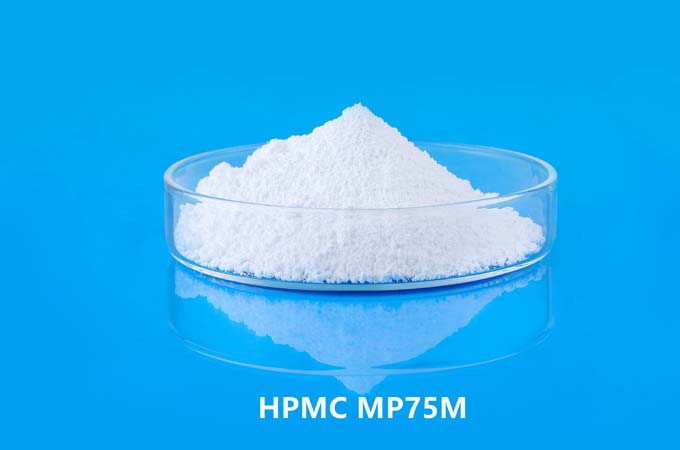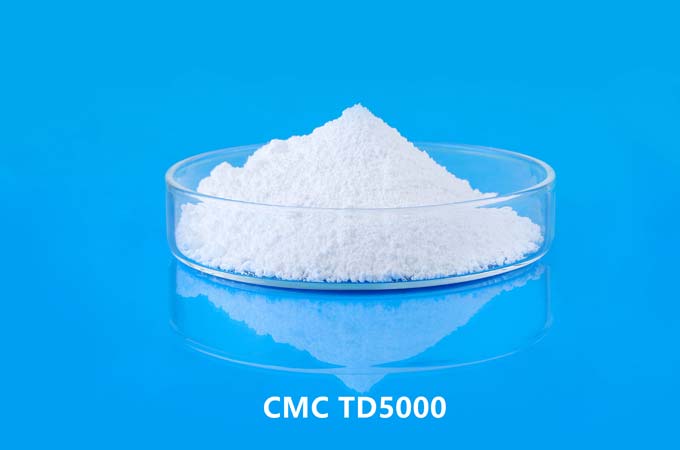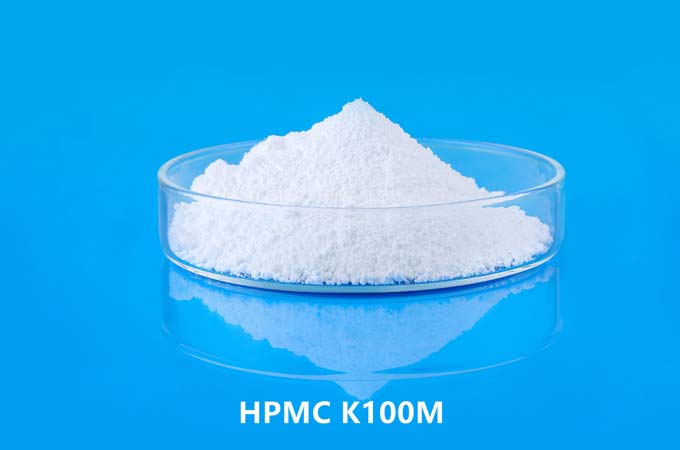1.Introduction to HPMC:
HPMC is a non-ionic cellulose ether derived from natural polymer cellulose. It is commonly used in various industries, including construction, pharmaceuticals, food, and cosmetics, due to its versatile properties. In construction, HPMC is utilized for its thickening, water retention, and binding capabilities.
2.Properties of HPMC:
Water Retention: HPMC has excellent water retention properties, which are crucial in waterproofing applications. It helps to maintain the workability of cementitious mixtures by preventing rapid water loss, thereby improving the hydration process and enhancing the overall performance of waterproofing membranes.
Thickening: HPMC acts as a thickening agent in coatings and adhesives, providing the desired viscosity and consistency to the formulation. This property is essential for achieving uniform coverage and adhesion in waterproofing applications.
Film Formation: HPMC can form a flexible and durable film when dried, making it ideal for creating protective barriers in waterproofing membranes. The film-forming ability of HPMC contributes to the integrity and longevity of the membrane.
Biodegradability: HPMC is derived from renewable plant sources such as wood pulp and cotton, making it inherently biodegradable. Unlike synthetic polymers, which can persist in the environment for extended periods, HPMC breaks down naturally over time, minimizing its environmental impact.
3.Applications of HPMC in Waterproofing Membranes:
Waterproofing membranes are used to protect buildings and structures from water ingress, thereby preventing damage caused by moisture infiltration. HPMC is incorporated into waterproofing membranes to enhance their performance and sustainability.
4.Some common applications of HPMC in waterproofing membranes include:
Liquid Applied Membranes: HPMC is added to liquid waterproofing formulations to improve their consistency, adhesion, and water resistance. These membranes are typically applied as coatings onto surfaces such as roofs, basements, and foundations to create a seamless barrier against water penetration.
Sheet Membranes: HPMC can also be incorporated into sheet membranes, which are pre-manufactured waterproofing materials typically made from bitumen, PVC, or EPDM. HPMC helps to enhance the flexibility, durability, and waterproofing properties of these membranes, ensuring long-term protection against water intrusion.
Self-Adhesive Membranes: In self-adhesive membranes, HPMC is used as a binder to adhere the membrane to the substrate. The water retention properties of HPMC ensure proper hydration and curing of the adhesive, resulting in strong and reliable bonds between the membrane and the substrate.
5.The sustainability of HPMC in waterproofing membranes can be evaluated based on several criteria:
Renewable Resource: HPMC is derived from cellulose, which is sourced from renewable plant materials such as wood pulp and cotton. Unlike petroleum-based polymers, which are non-renewable and contribute to resource depletion, HPMC offers a sustainable alternative that reduces reliance on fossil fuels.
Biodegradability: As mentioned earlier, HPMC is biodegradable, meaning it can be broken down by natural processes into harmless compounds over time. This characteristic is advantageous in waterproofing applications, as it reduces the environmental impact associated with membrane disposal at the end of its service life.
Low Toxicity: HPMC is considered non-toxic and environmentally friendly, posing minimal risk to human health and ecosystems. It does not release harmful chemicals or emissions during manufacturing, installation, or use, contributing to a healthier indoor and outdoor environment.
Energy Efficiency: The production process of HPMC consumes relatively low energy compared to synthetic polymers, further reducing its carbon footprint. Additionally, the lightweight nature of HPMC-containing waterproofing membranes contributes to energy savings during transportation and installation.
6.Environmental Impact of HPMC:
While HPMC offers several sustainability benefits, it is essential to consider its environmental impact holistically. While HPMC itself is biodegradable and derived from renewable resources, the manufacturing process may involve energy-intensive procedures and chemical treatments. However, advancements in green chemistry and sustainable manufacturing practices are continuously improving the environmental performance of HPMC production.
The disposal of waterproofing membranes, including those containing HPMC, can pose challenges in terms of waste management and landfill space. Therefore, efforts should be made to promote recycling and responsible disposal practices to minimize the environmental impact of membrane materials.
HPMC is considered a sustainable ingredient in waterproofing membranes due to its renewable nature, biodegradability, low toxicity, and energy efficiency. Its unique properties contribute to the effectiveness and longevity of waterproofing systems while minimizing environmental harm. By incorporating HPMC into waterproofing membranes, construction professionals can achieve durable and eco-friendly solutions for protecting buildings and structures from water damage. However, ongoing research and innovation are needed to further enhance the sustainability of HPMC and promote its widespread adoption in the construction industry.
 English
English 日本語
日本語 français
français Deutsch
Deutsch Español
Español italiano
italiano русский
русский português
português العربية
العربية Türkçe
Türkçe Nederland
Nederland



